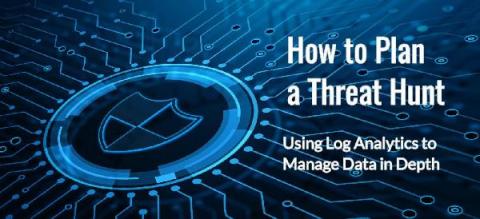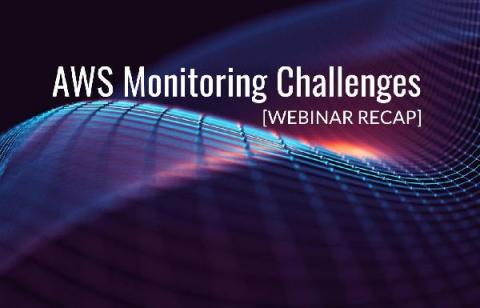How to Plan a Threat Hunt: Using Log Analytics to Manage Data in Depth
Security analysts have long been challenged to keep up with growing volumes of increasingly sophisticated cyberattacks, but their struggles have recently grown more acute. Only 46% of security operations leaders are satisfied with their team’s ability to detect threats, and 82% of decision-makers report that their responses to threats are mostly or completely reactive — a shortcoming they’d like to overcome.





